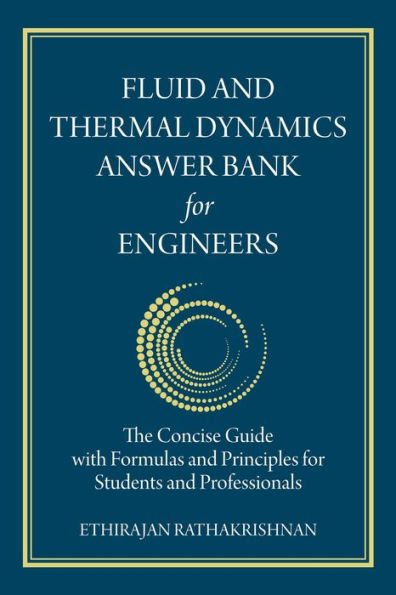5
1

Fluid and Thermal Dynamics Answer Bank for Engineers: The Concise Guide with Formulas and Principles for Students and Professionals

Fluid and Thermal Dynamics Answer Bank for Engineers: The Concise Guide with Formulas and Principles for Students and Professionals
Related collections and offers
44.0
In Stock

Product Details
| BN ID: | 2940185644461 |
|---|---|
| Publisher: | BrownWalker Press |
| Publication date: | 03/25/2023 |
| Sold by: | Barnes & Noble |
| Format: | eBook |
| File size: | 17 MB |
| Note: | This product may take a few minutes to download. |
About the Author
From the B&N Reads Blog
